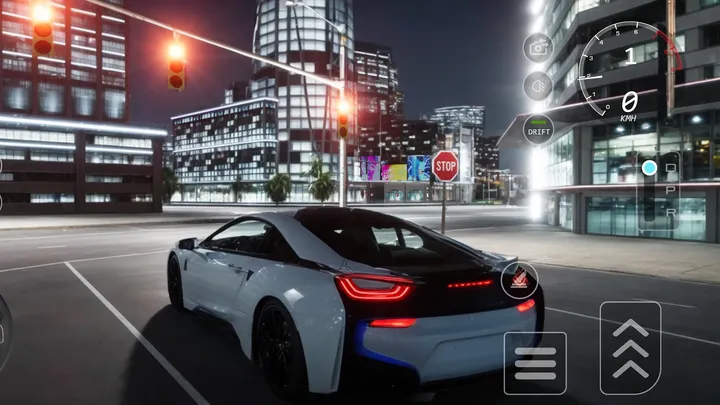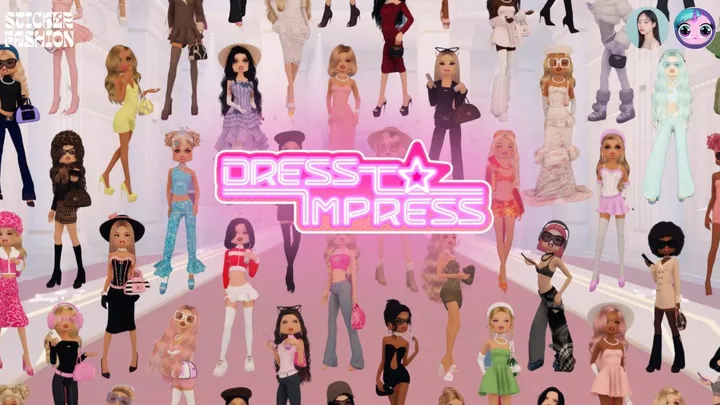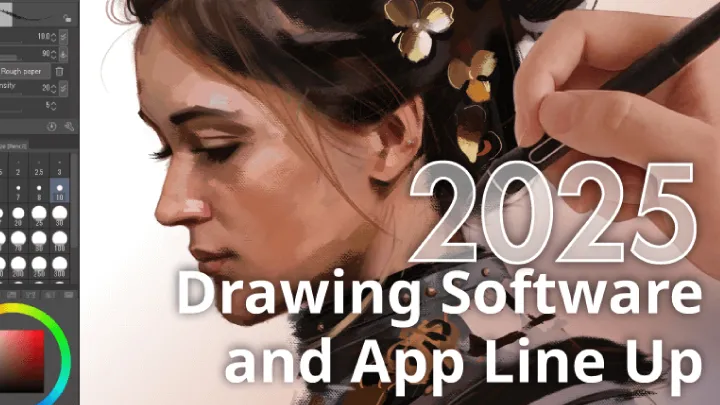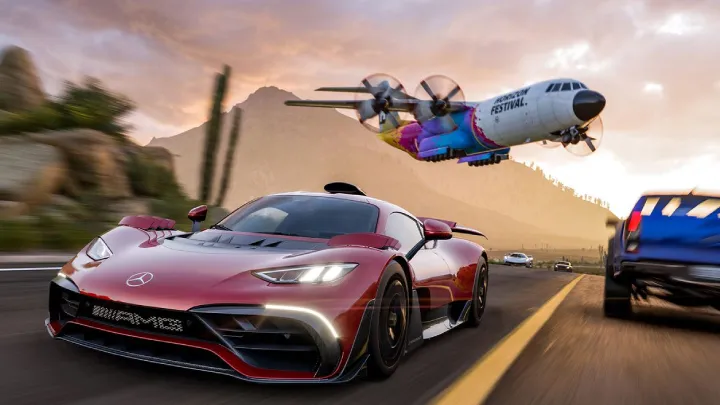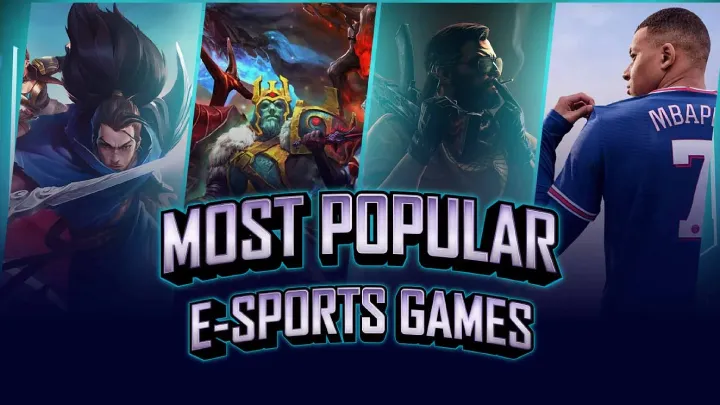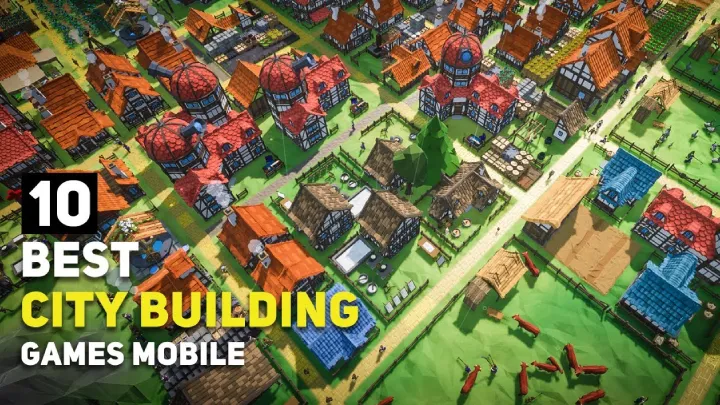Mecha Break exploded onto the scene with its promise of fast-paced mech battles and deep customization. For players, the thrill comes not just from piloting massive war machines, but from building them — tailoring loadouts, tweaking armor, and designing unique combat strategies. Yet this freedom brings a central challenge: how do you balance limitless customization with competitive fairness?
This article explores that tension. We’ll break down how Mecha Break empowers creativity, where balance begins to fracture, and what it means for the game’s future as both a casual thrill and a competitive esport.
1. The Appeal of Mecha Customization
Customization is the lifeblood of Mecha Break. Players want their mech to reflect not just power but personality.
- Visual expression: Paint schemes, decals, and cosmetic flair make mechs feel like extensions of the pilot.
- Strategic depth: Weapon choices, armor sets, and special abilities encourage experimentation.
- Replay value: No two builds need to be the same.
This freedom is part of what makes the game feel alive — but it also opens the door to imbalance.
2. The Competitive Ambition of Mecha Break
Beyond casual fun, Mecha Break markets itself as a competitive experience. Tournaments, ranked ladders, and team-based modes suggest esports potential.
Why balance matters here
- Players expect skill, not spending, to determine outcomes.
- Esports viability depends on fair matchups.
- A single “dominant build” can kill diversity and drive players away.
This tension sits at the heart of Mecha Break’s design dilemma.
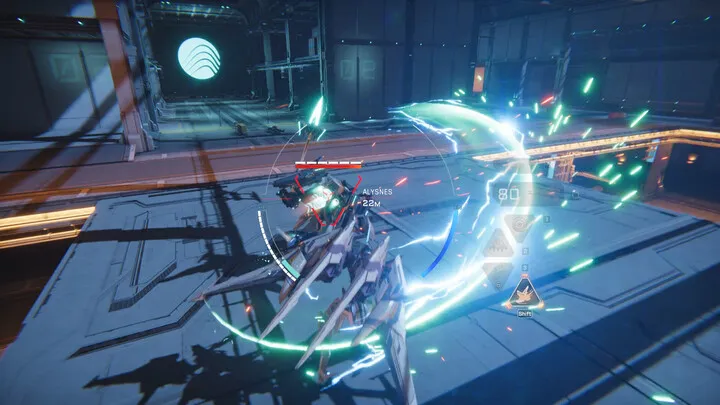
3. The Rise of Dominant Loadouts
Already, community chatter points to a meta where certain weapon/armor combinations dominate.
- High-mobility builds with long-range rifles often outperform others.
- Heavy armor setups struggle to keep pace.
- Hybrid builds are viable but rarely optimal.
This creates a predictable meta — the opposite of what customization is supposed to achieve.
4. Pay-to-Win Concerns
Customization is tied not just to gameplay but progression systems and monetization.
H4: Common complaints
- Premium blueprints unlock stronger parts faster.
- Grind-heavy players lag behind those who spend.
- Cosmetic freedom is gated behind expensive bundles.
When monetization intersects with competitive builds, balance risks being undermined entirely.
5. The Grind for Parts
Even for free-to-play players, progression pacing affects balance.
- Rare parts often require excessive farming.
- Timers and upgrade systems slow experimentation.
- RNG-based drops frustrate competitive builders.
Instead of encouraging creativity, the grind funnels players toward whatever parts are most accessible — limiting true diversity.
6. Community Solutions and Meta Discussions
The Mecha Break community is actively engaged in solving balance issues.
Common approaches
- Tier lists ranking best and worst parts.
- Player-led bans in custom tournaments.
- House rules among friends to avoid “cheap” builds.
These grassroots solutions highlight passion, but they also underscore gaps in official balance design.
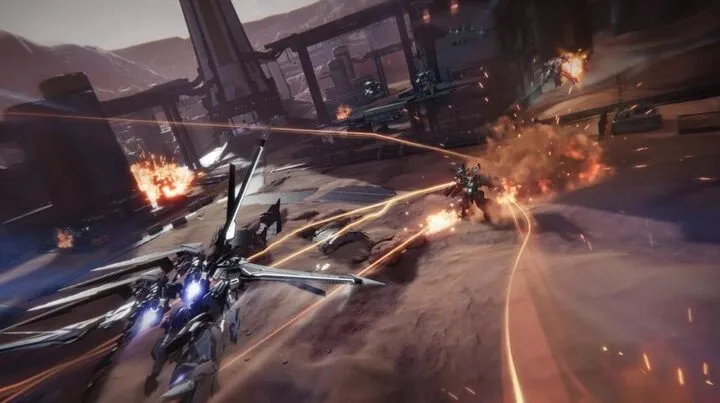
7. Developer Balancing Efforts
To their credit, the developers have pushed updates aimed at smoothing balance.
- Weapon nerfs: Popular rifles received damage reductions.
- Armor buffs: Heavier builds now absorb more punishment.
- Ability tweaks: Cooldowns reworked to encourage variety.
But balance in a customization-heavy game is a moving target — one patch can simply create a new dominant build.
8. Lessons from Other Mecha and Competitive Games
Mecha Break isn’t the first game to face this issue.
- Warframe: Struggles with “power creep” as new weapons overshadow old.
- Overwatch: Character balance requires constant adjustment.
- Armored Core: Embraced imbalance but built around counterplay options.
The takeaway: balance isn’t about perfection — it’s about maintaining variety and counter-strategy.
9. The Future of Mecha Esports
If Mecha Break wants esports longevity, balance must evolve.
- Seasonal rotations: Limiting certain parts each season could keep the meta fresh.
- Skill-based matchmaking: Prevents dominant builds from stomping casual lobbies.
- Official tournaments: With curated rule sets to ensure fairness.
Handled well, customization could be the game’s greatest strength — but mishandled, it could end competitive dreams.
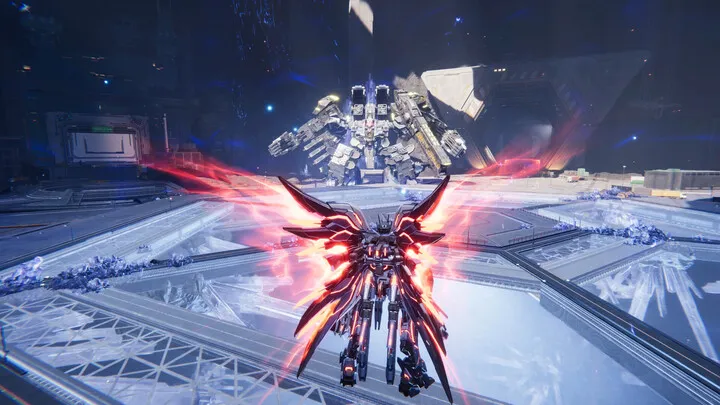
10. Finding the Sweet Spot
Ultimately, the question is not whether Mecha Break should prioritize customization or balance — it’s how to blend them.
- Too much balance = sameness, killing creativity.
- Too much customization = chaos, killing fairness.
- The sweet spot lies in structured freedom: plenty of viable builds, but none overwhelming.
This balancing act will define whether Mecha Break remains a fun diversion or grows into a lasting franchise.
Conclusion
Mecha Break shines because it gives players the freedom to design their dream mechs. But freedom without fairness risks alienating both casual fans and competitive hopefuls. If the developers can strike the right balance — rewarding creativity while ensuring no build dominates — the game could stand tall among the best mech experiences of the decade.
The real battle in Mecha Break isn’t just mech vs. mech. It’s design vs. balance.






